How NASA Will Protect Astronauts From Space Radiation
August 1972, as NASA scientist Ian Richardson remembers it, was hot. In Surrey, England, where he grew up, the fields were brown and dry, and people tried to stay out of the Sun, indoors and televisions on. But for several days that month, his TV picture kept breaking up. “Do not adjust your set,” he recalls the BBC announcing. “Heat isn’t causing the interference. It’s sunspots.”
The same sunspots that disrupted the television signals led to enormous solar flares — powerful bursts of radiation from the Sun — Aug. 4-7 that year. Between the Apollo 16 and 17 missions, the solar eruptions were a near miss for lunar explorers. Had they been in orbit or on the Moon’s surface, they would have sustained dangerous levels of solar radiation sparked by the eruptions. Today, the Apollo-era flares serve as a reminder of the threat of radiation exposure for technology and astronauts in space. Understanding and predicting solar eruptions is crucial for safe space exploration.
Almost 50 years since those 1972 storms, the data, technology and resources available to NASA have improved, enabling advancements towards space weather forecasts and astronaut protection — key to NASA’s Artemis program to return astronauts to the Moon.
Read more on NASA.gov.
Watch this video on the NASA Goddard YouTube channel.
Complete transcript available.
Music credits: “Boreal Moment” by Benoit Scarwell [SACEM]; “Sensory Questioning”, “Natural Time Cycles”, “Emerging Designer”, and “Experimental Design” by Laurent Dury [SACEM]; “Superluminal” by Lee Groves [PRS], Peter George Marett [PRS] from Killer Tracks

GIF
Apollo 14 astronauts Alan Shepard and Edgar Mitchell prepare to plant the American flag on the Moon's surface.
Credit: NASA

GIF
The Aug. 7, 1972, solar flare was captured by the Big Bear Solar Observatory in California. This particular flare — known as the seahorse flare for the shape of the bright regions — sparked a strong SEP event that could have been harmful to astronauts if an Apollo mission had been in progress at the time.
Credit: NASA

The lunar rover vehicle during the Apollo 16 mission in April 1972. The lunar roving vehicle -- which was developed by NASA’s Marshall Space Flight Center -- was used for collecting rocks and data on the lunar highlands.
Credit: NASA
For More Information
- 1972
- Apollo 17
- Apollo Missions
- Astronaut
- Blackout
- CCMC
- Climate Indicators
- CME
- CME shock
- Community Coordinated Modeling Center
- Corona
- Coronal Mass Ejections
- Cosmic Rays
- Earth Science
- flare
- Galactic Cosmic Rays
- Heliophysics
- Heliosphere
- Human Dimensions
- Human Health
- Human Spaceflight
- Magnetosphere
- Mars
- Moon
- orion
- Parker Solar Probe
- Plasma
- Public Health
- Radiation
- Radiation Exposure
- Radiation Protection
- Radiation Sickness
- SDO
- SEPs
- SOHO
- Solar Activity
- Solar Cycle
- Solar Dynamics Observatory
- Solar Energetic Particle Flux
- solar energetic particles
- Solar Flares
- Solar Particle Event
- Solar Wind
- Space Radiation
- Space Travel
- Space Weather
- STEREO
- Sun-earth Interactions
- Sunspot Activity
- Sunspot Cycle
- Sunspots
Credits
Please give credit for this item to:
NASA's Goddard Space Flight Center
-
Scientists
- Edward Semones (NASA/JSC)
- Kerry T. Lee (NASA/JSC)
- Ian G. Richardson (University of Maryland, College Park)
- Ruthan Lewis (NASA/GSFC)
- Yaireska Collado-Vega (NASA/GSFC)
- Eric Christian (NASA/HQ)
- Noah Petro (NASA/GSFC)
- Georgia De Nolfo (NASA/GSFC)
-
Producer
- Joy Ng (KBR Wyle Services, LLC)
-
Writer
- Kathalina Tran (SGT)
-
Animators
- Tom Bridgman (Global Science and Technology, Inc.)
- Greg Shirah (NASA/GSFC)
- Walt Feimer (KBR Wyle Services, LLC)
- Scott Wiessinger (USRA)
- Brian Monroe (USRA)
- Josh Masters (Freelance)
-
Cinematographers
- Joy Ng (USRA)
- John Caldwell (Advocates in Manpower Management, Inc.)
- Rob Andreoli (Advocates in Manpower Management, Inc.)
-
Technical support
- Aaron E. Lepsch (ADNET Systems, Inc.)
Release date
This page was originally published on Wednesday, August 7, 2019.
This page was last updated on Wednesday, May 3, 2023 at 1:45 PM EDT.

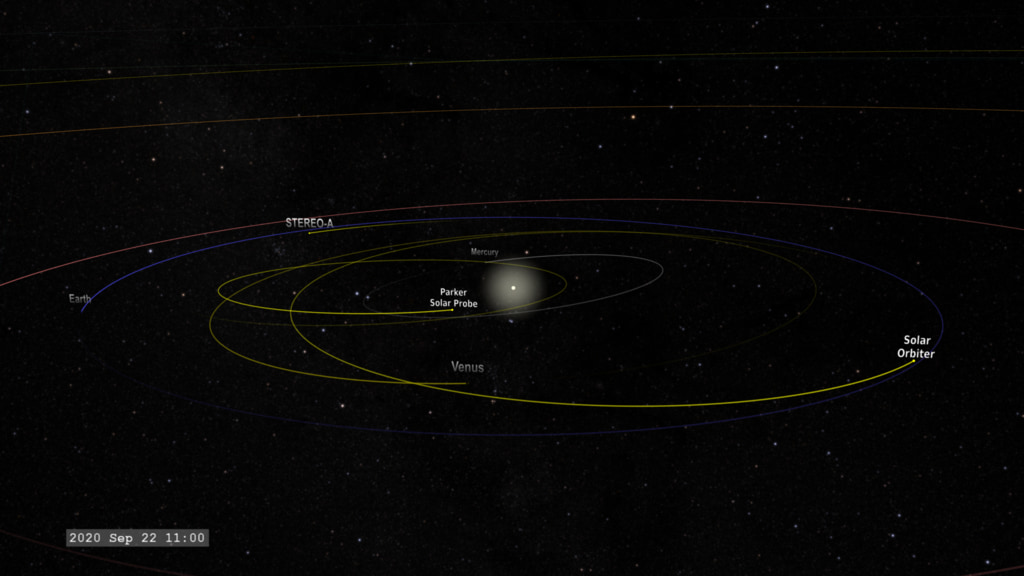
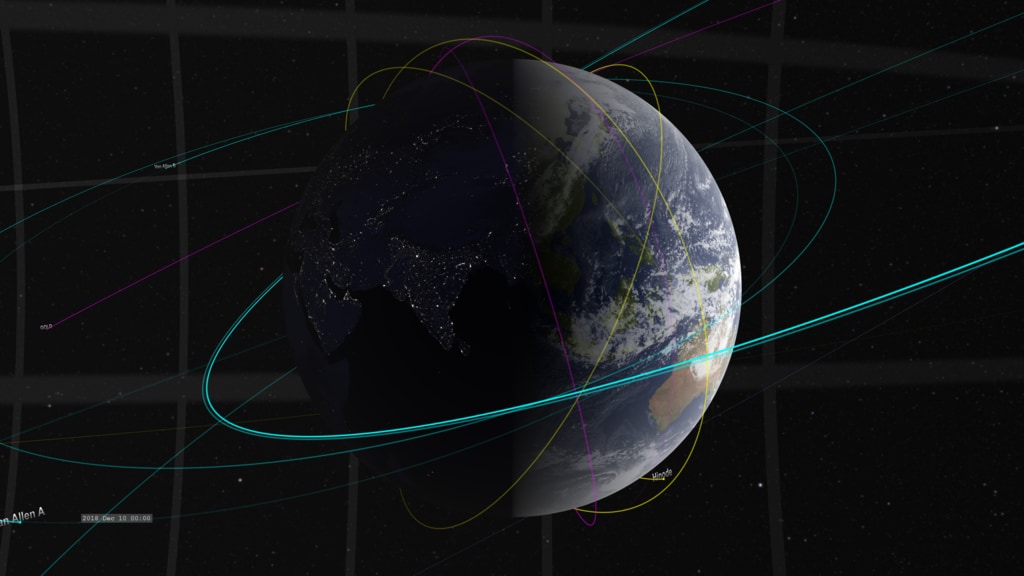
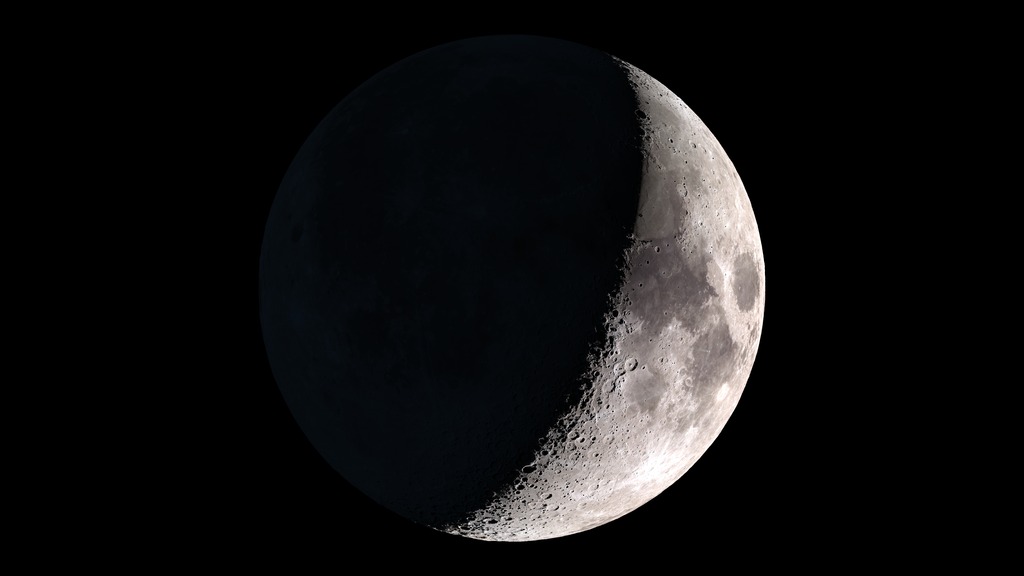
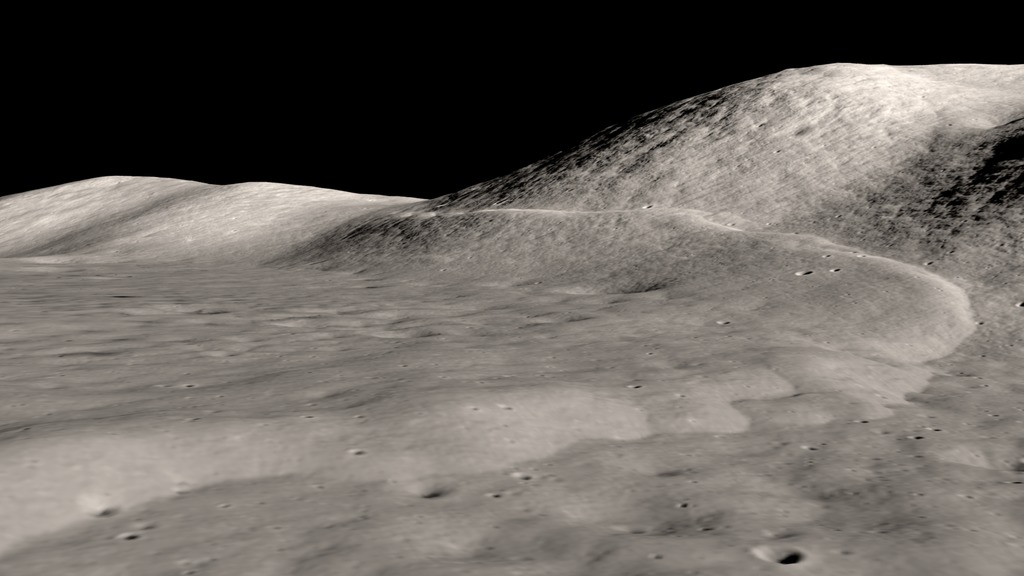

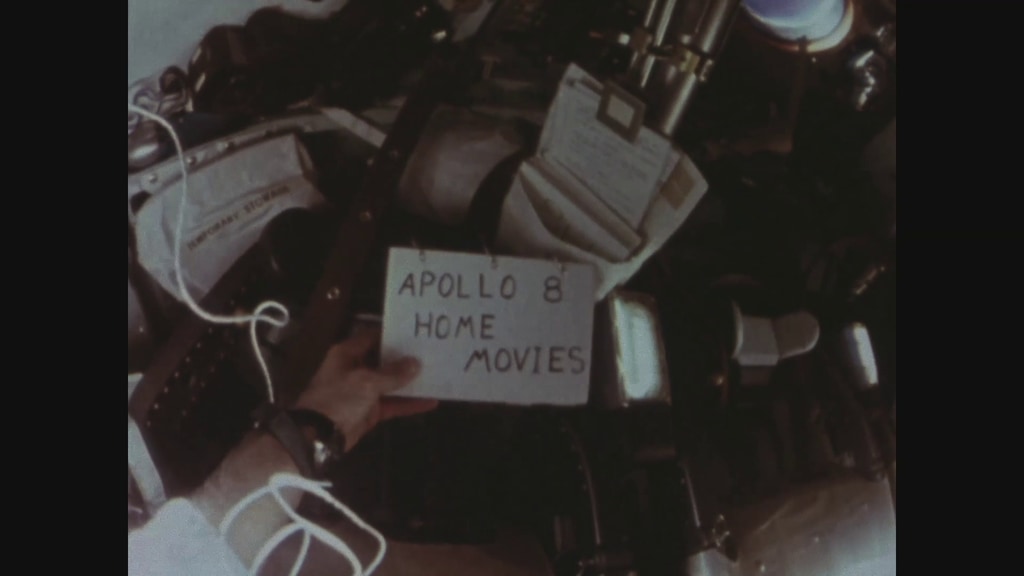
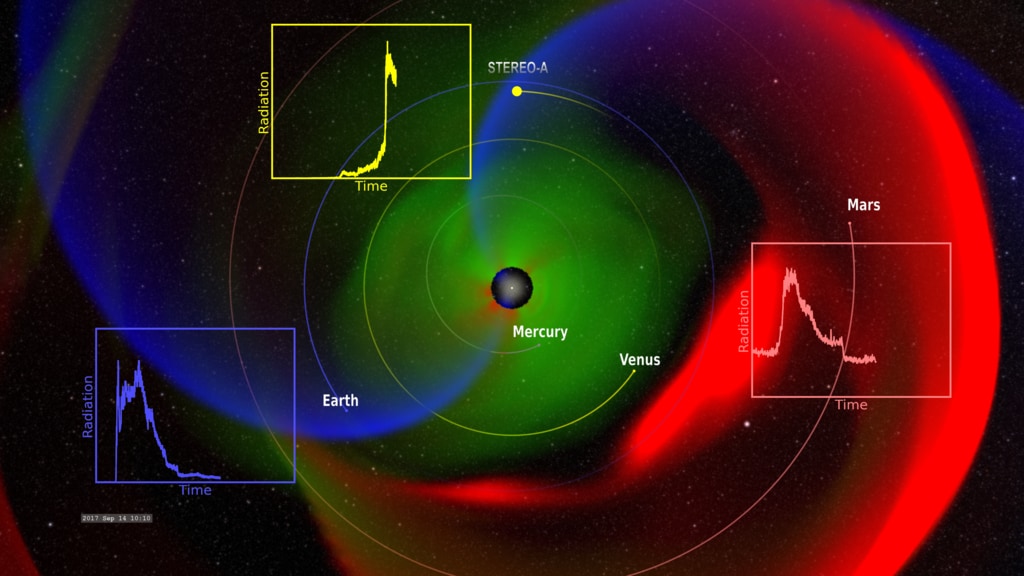
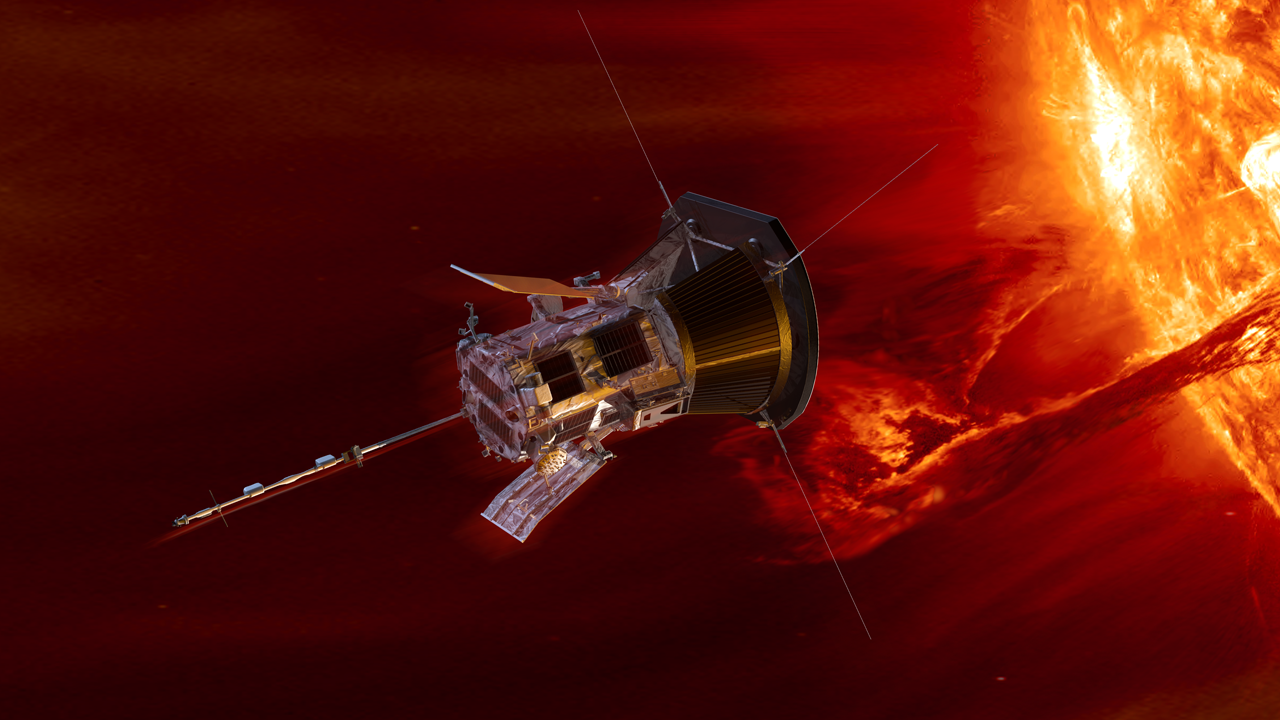
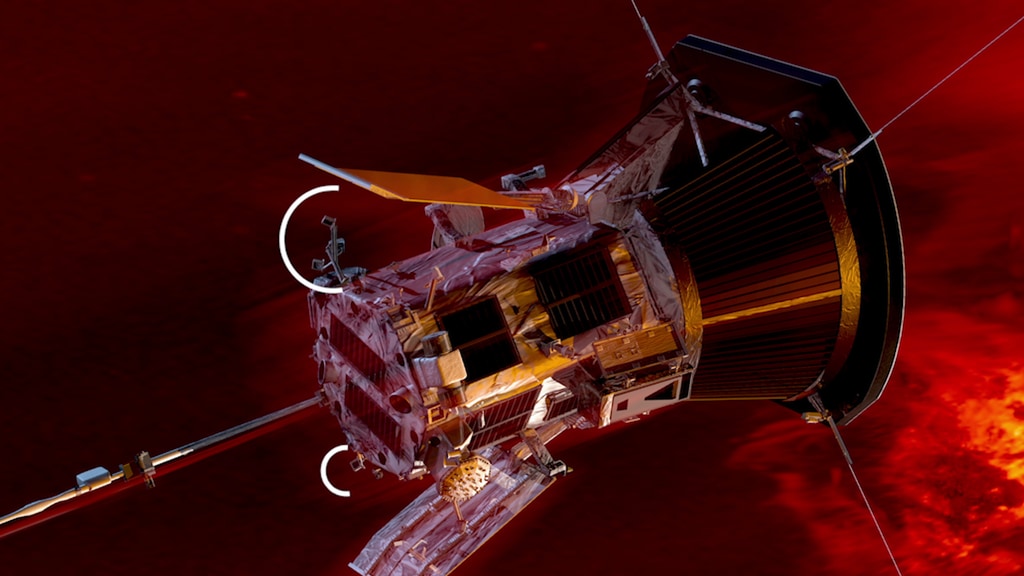
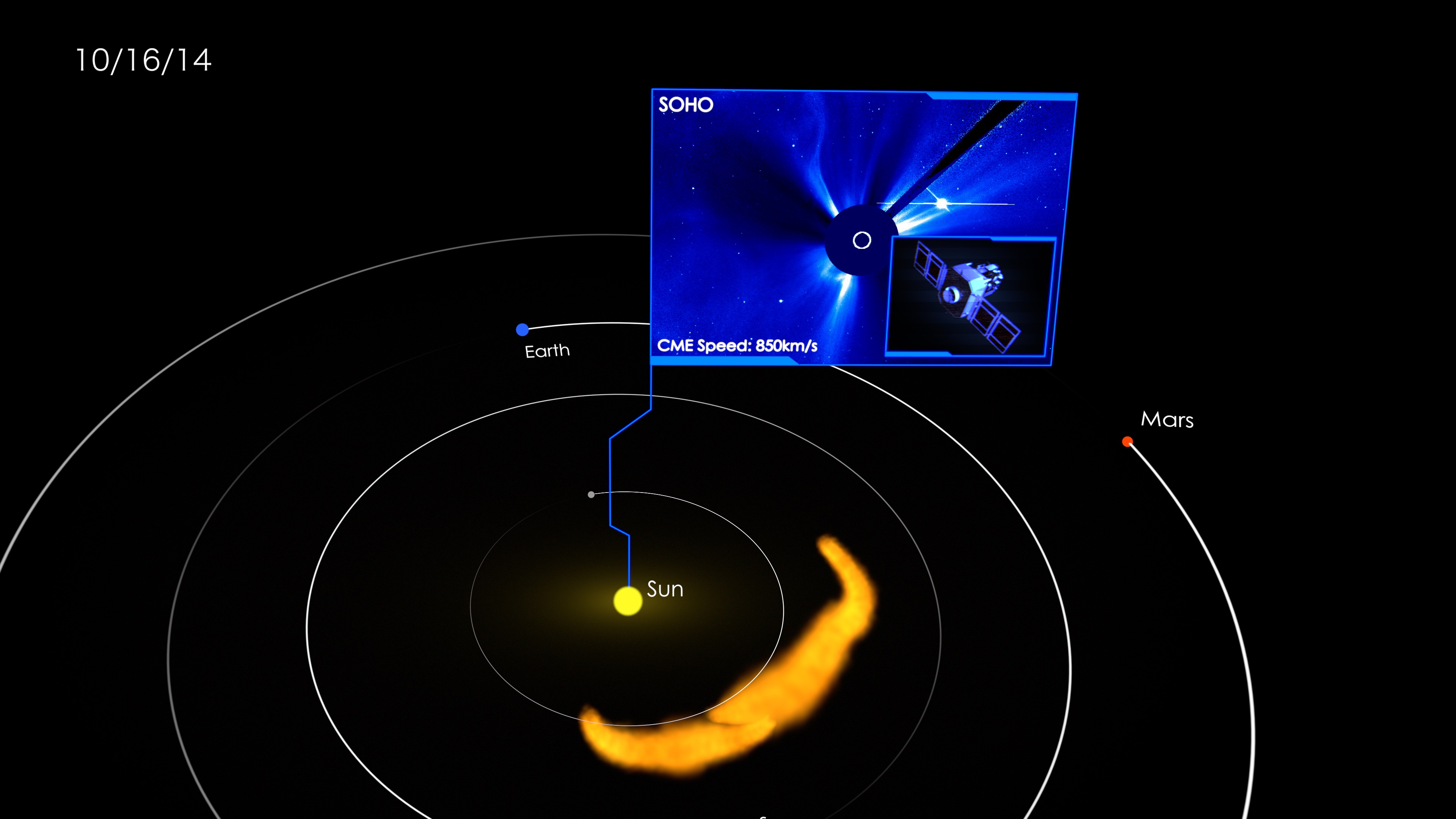
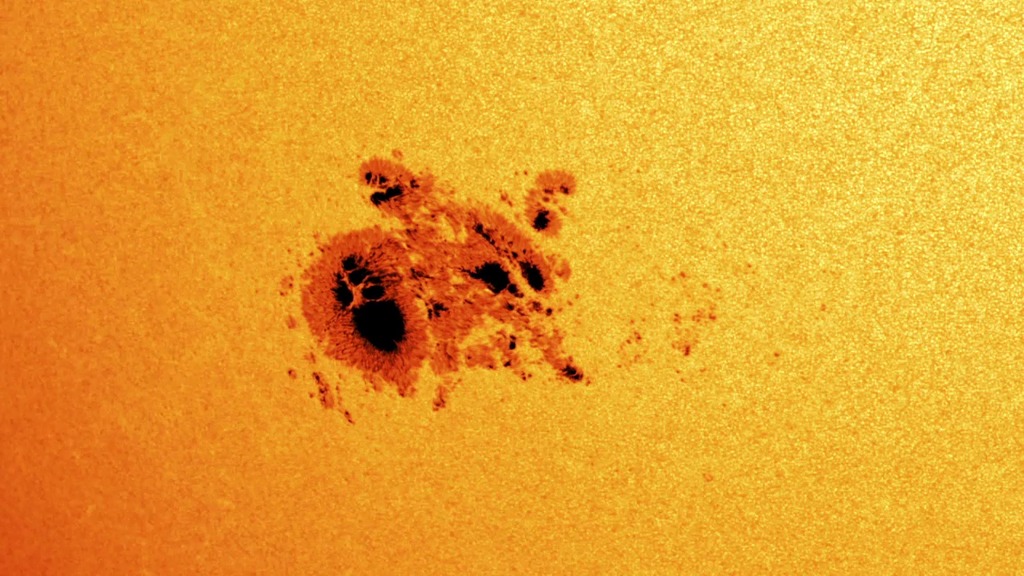
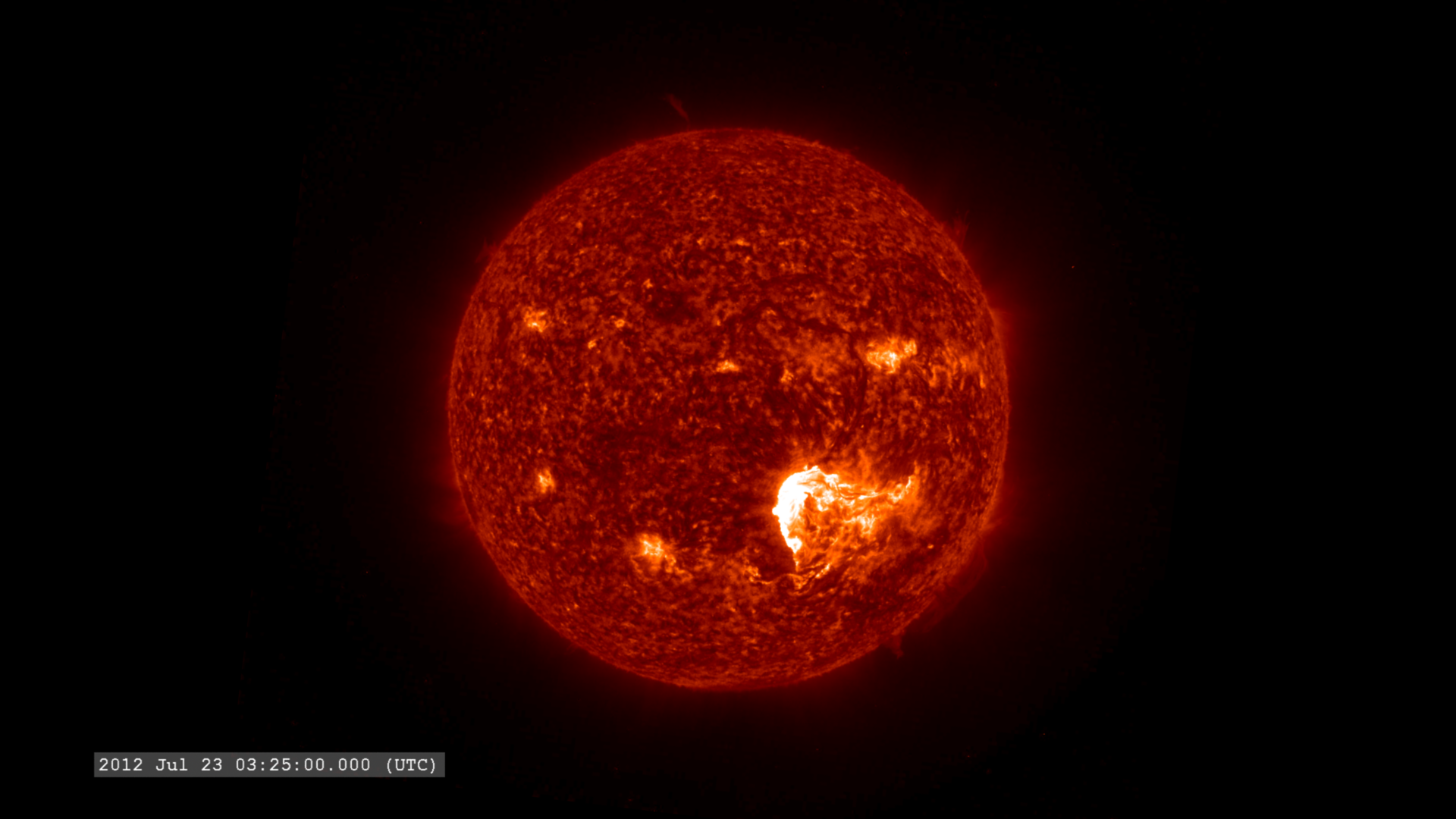
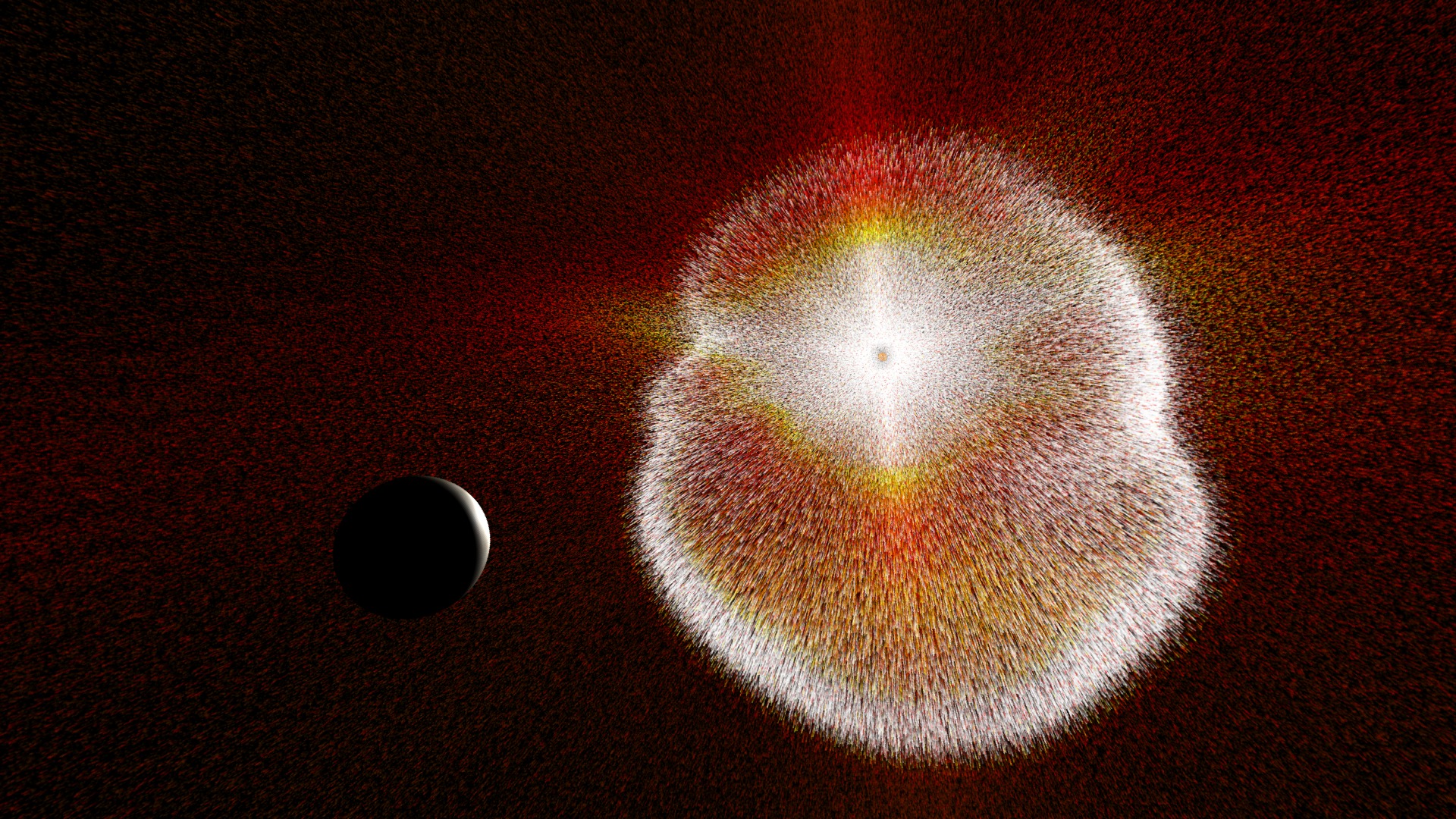
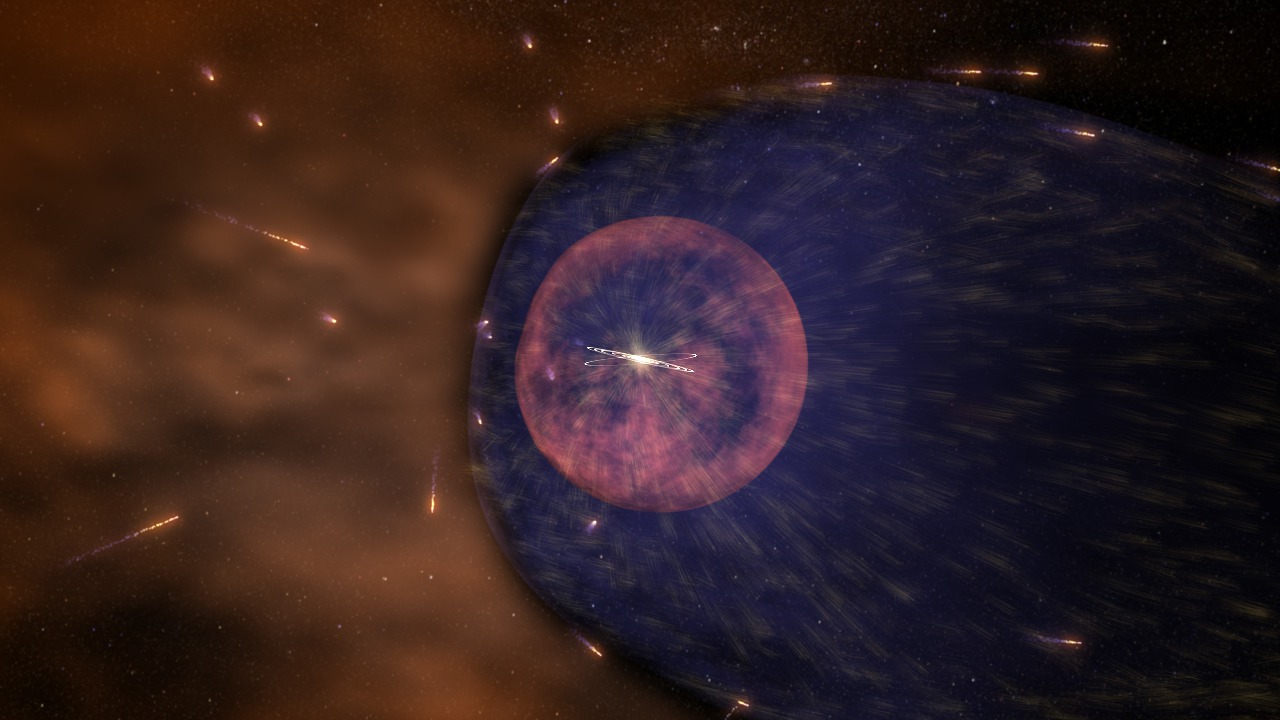
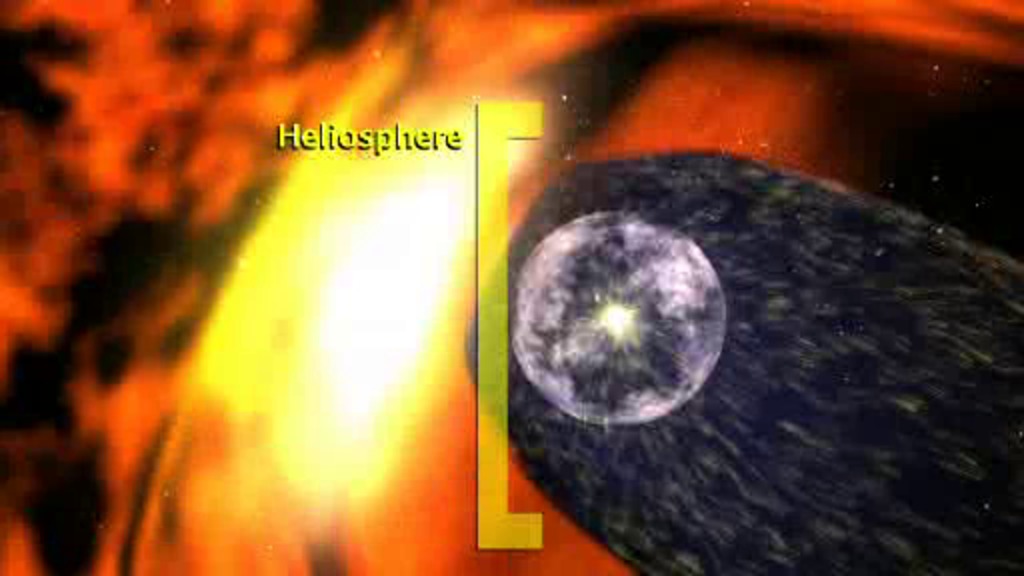
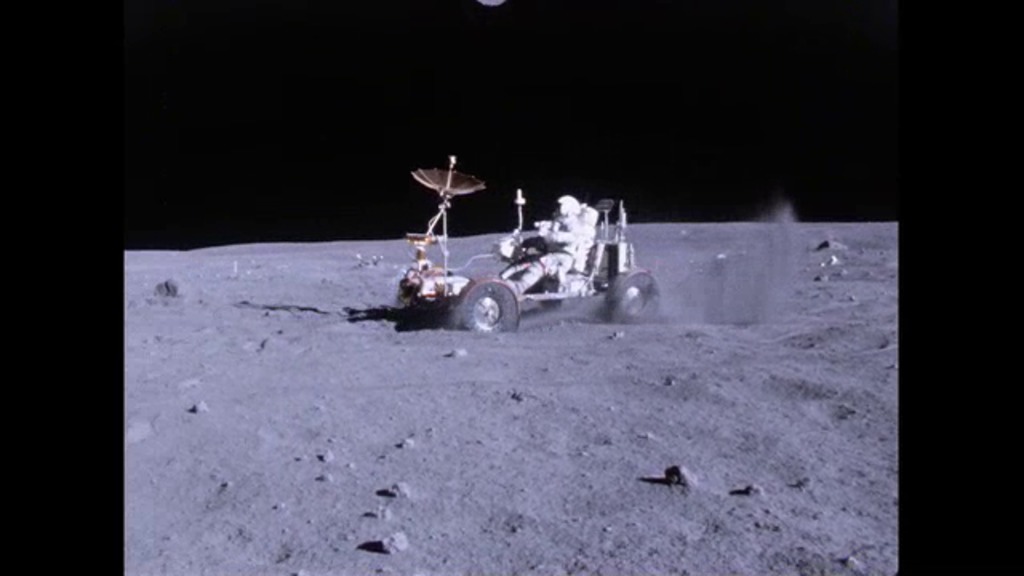
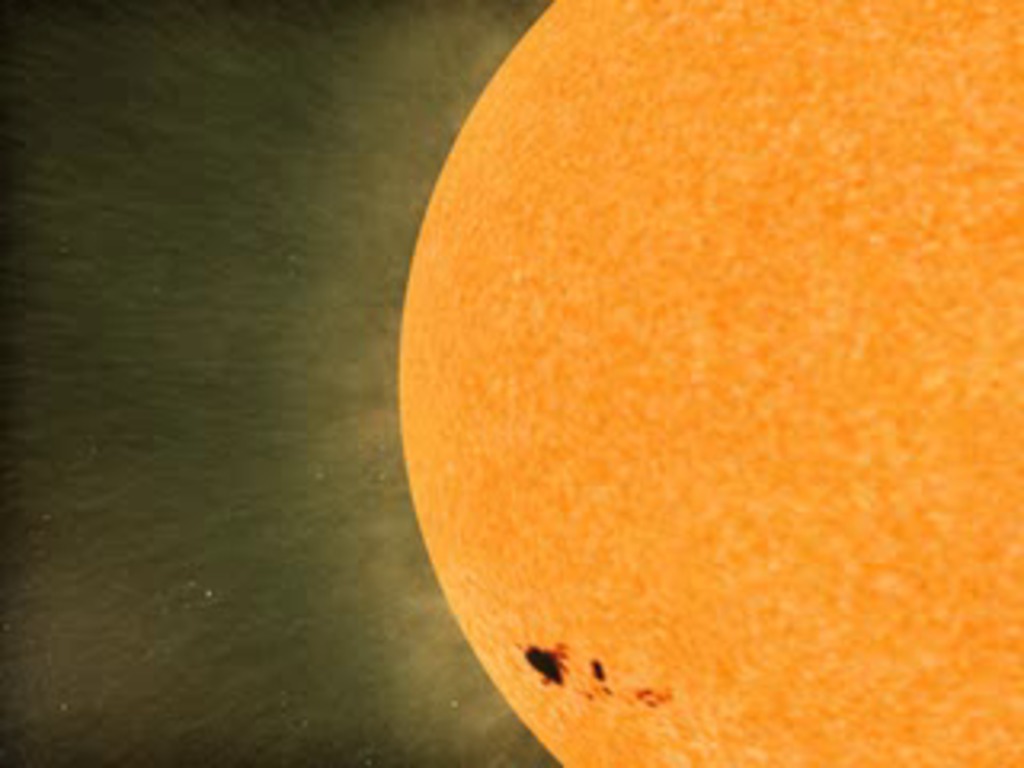
![Credit: NASA's Goddard Space Flight CenterWatch this video on the NASA Goddard YouTube channel.Music: “Nanofiber” by Andrew Michael Britton [PRS], David Stephen Goldsmith [PRS]; “Climbing the Ladder” by Jose Tomas Novoa Espinosa [BMI] via Universal Production MusicComplete transcript available.](/vis/a010000/a014300/a014392/14392_Thumbnail.jpg)